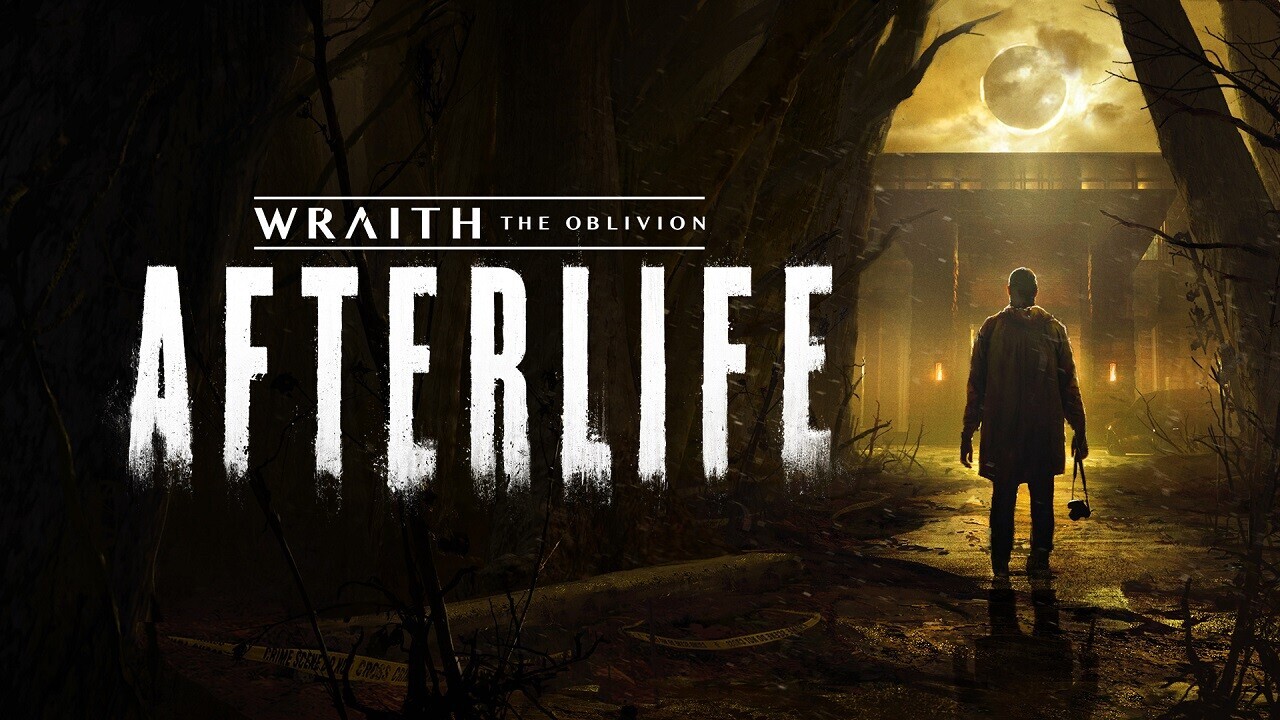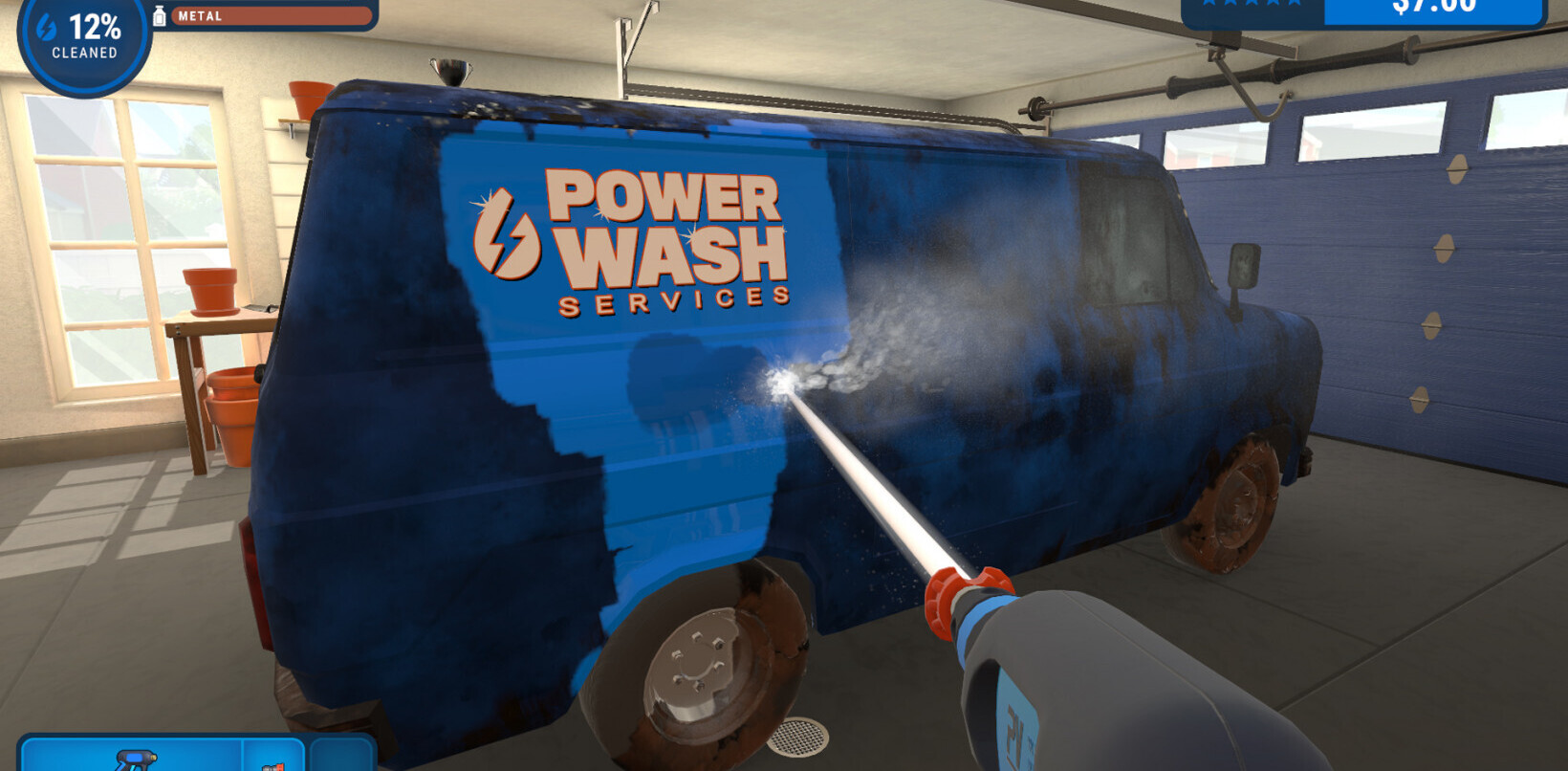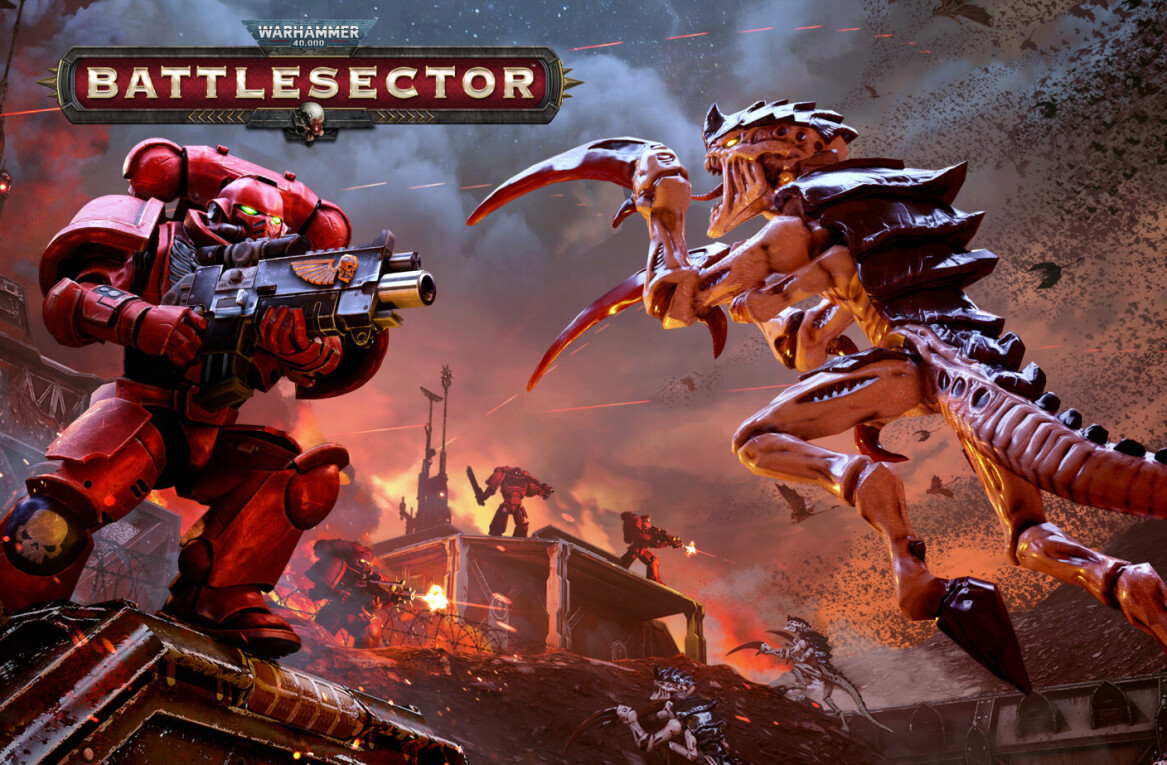
All sorts of creatures exist in Paradox Interactive’s World of Darkness (WoD), and none so intriguing as the ghostly wraiths.
If ever there were a franchise rife for exploring in the immersive world of virtual reality, it’s Wraith: The Oblivion.
For those unfamiliar, the World of Darkness is a vast gaming universe created in the early 1990s for use in table-top and live-action roleplaying games. Its most popular franchise is “Vampire: The Masquerade,” but there are other creature-centric properties in the universe that focus on monsters ranging from werewolves to mummies.
The premise
You won’t need prior experience with WoD games to know what’s going on. Here’s the setup: you’re a ghost and you’re trying to figure out what the heck happened. You’re stuck in a mansion and worse ghosts than you are trying to make you even more dead. Have fun.
That may sound simple, but I’d actually call it elegant. You’re a ghost. That means you’re not here to chew bubble gum and kick ass or save the town from zombies. Your job is just to survive long enough to find out what happened.
At its core, Afterlife is the polar opposite of those games where you explore lush natural environment in order to find clues as to… the disappearance of the magic stars or something random like that. Here, you’re trying to explore a creepy-as-hell mansion while learning about your wraith powers.
The experience
I put emphasis on powers because, at no time during the wraith experience did I feel powerful. I just felt slightly less weak as some of the game mechanics unlocked.
I won’t spoil anything for you because this is a rare game where the less you know about the story and how the gameplay works, the more enjoyable it will be. But there are a few things you should be aware of before you even consider playing it.
This game isn’t scary because cats jump out of closets or creepy zombie-people suddenly pop up out of nowhere when you least expect it. There are some heart-pounding moments, but it’s mostly the oppressive, haunting, bleak atmosphere that makes it spooky.
Afterlife sucks the life out of you. It pulls your soul taut against your skeleton and whispers “only a few more hours to go, can you do it?”
You’re given a mystery that, over time, feels like your own. And then you’re exposed to death, murder, suicide, and almost nothing good or positive for the six to eight hours it takes to complete the game.
The payoff here is that you get to live inside of a horror movie. And, if that’s your thing, it completely rocks.
Brass tacks
This is a VR game. Nine out of ten VR horror titles use jump scares and mind-grating sound effects and music to make things creepy. If you’re looking for a shallow jump-scare experience, keep looking. This one uses evocative imagery and storytelling to be scary.
For my money, it’s far more terrifying to walk beneath hanging corpses that sway when you bump into them, with no apparent context, then to have a knockoff of the ghost from “The Ring” pop out of a cupboard.
To that end, you’ll spend a large amount of time in this game running and hiding. There’s no combat to speak of; you either get away or get your ass kicked. There is a method by which you can slow and stun enemies, but I won’t get into that because it’s tied into the story, which was a lot of fun learning as I went.

I was surprised at how comfortable the game was, as far as motion sickness and other VR discomfort goes. There’s not really any flying, leaping, falling, or spinning in this game. Things can get disorientating, but movement is comfortable and there are several options to increase comfort if certain styles of first-person VR movement bother you more than others.
The graphics are somewhere between good and great. They’re better than most of what’s out there, but not as good as titles developed exclusively for high-end VR headsets. I actually played it on Oculus with my original Quest and it looked fine. I didn’t get a headache from straining my eyes thanks to some excellent scaling choices made by the devs.
It looked good on Quest. On Quest 2 and PC-tethered headsets it should look even better.
The audio was also good, not great. It’s hard to nail spoken dialogue for VR because our brains perceive things differently when we’re immersed in a 3D space. That being said, the sound effects, music, and voice acting in Afterlife all do a great job of keeping up the immersion. I might have found something that stood out if I were using better headphones.

Gripes
My biggest gripe has nothing to do with Afterlife itself, but with my own fanaticism. Personally, I wish this was less accessible to newcomers and was instead steeped in cryptic WoD lore throughout. There’s plenty here for WoD fans and a bonanza for newcomers. But it’s not enough to tide me over until Bloodlines 2 launches.
Final thoughts
Honestly, I just want other VR developers who make horror titles to play this game. I’m a lifelong horror aficionado. I don’t get “scared” when I play video games, or scream when the cat leaps out of the cupboard at me in VR. It takes a lot more than gory graphics, grating music, and cheap thrills to spook me. But Fast Travel Games managed to creep me out through the entire Afterlife experience through sheer force of ambience and top-notch storytelling.
Once I started playing, it was hard to take the headset off. I just had to find out the details surrounding my death and I never got bored once navigating Afterlife’s expertly-crafted story.
Wraith: The Oblivion — Afterlife is available on Steam VR and Oculus. According to Paradox Interactive, it’ll be available on PSVR later.
Get the TNW newsletter
Get the most important tech news in your inbox each week.




